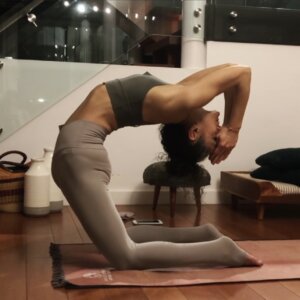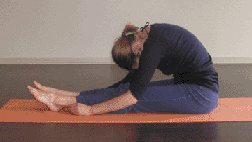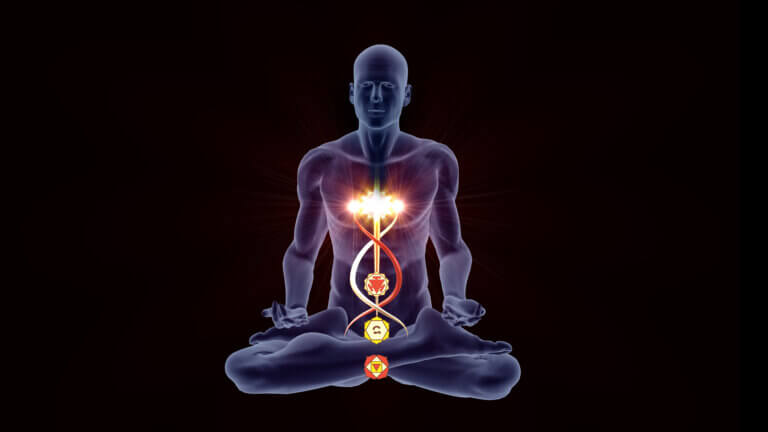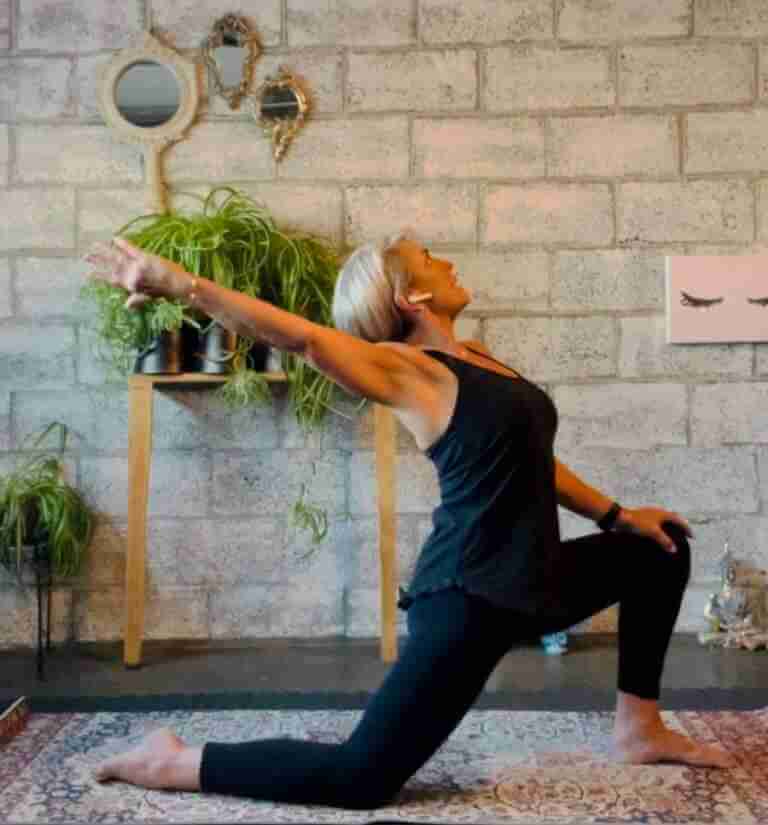The Sphinx Pose, or Salamba Bhujangasana in Sanskrit, is a fundamental yoga posture renowned for its simplicity and profound benefits. This beginner-level asana is an excellent introduction to backbends and core strengthening exercises in yoga. Its close cousin, Seal Pose in Yin Yoga, offers advanced practitioners a deeper backbend.
The Sphinx Pose name comes from its resemblance to the mythical Sphinx, with its majestic and poised appearance. In Sanskrit, “Salamba” means supported, and “Bhujangasana” refers to a cobra. This pose is a gentler variant of the Cobra Pose (Bhujangasana), making it suitable for beginners or those with back sensitivity.
The seal yoga pose name comes from its animal’s name sake. The pose attempts to imitate a Seal on its front fins upright and proud on the shoreline.







